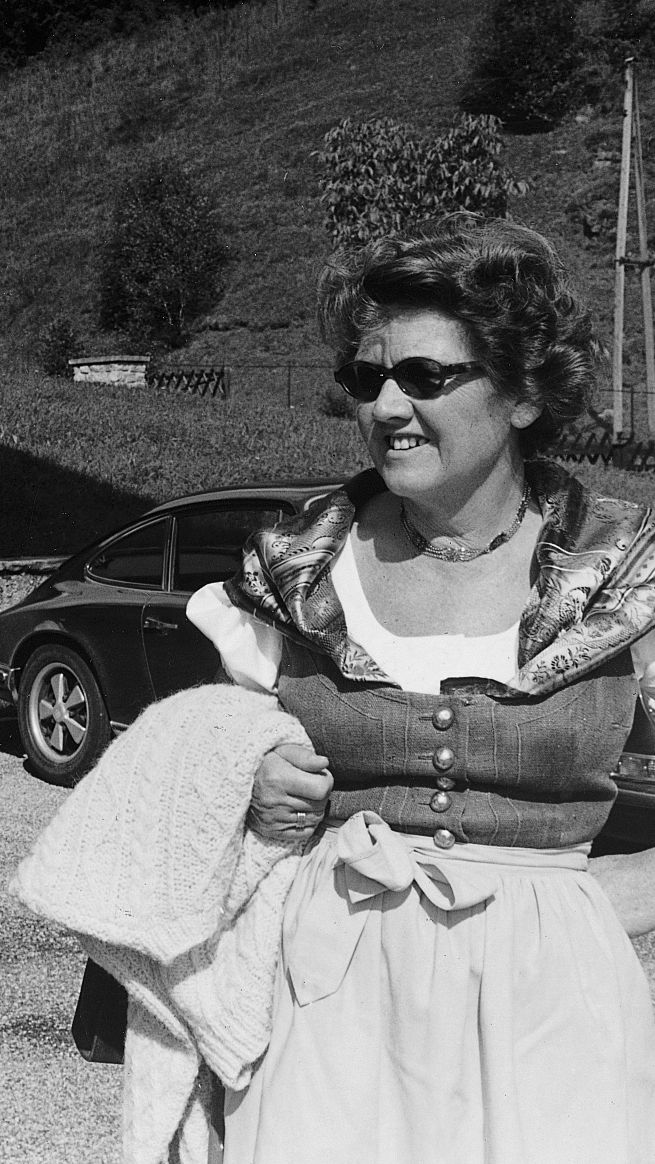


Louise Piëch & Ferry Porsche
1945 to 1970
After the end of the Second World War, Louise Piëch and Ferry Porsche laid the foundations for two family branches of the company, which went on to develop successfully into today’s Porsche Holding in Salzburg and Porsche AG in Stuttgart. After the end of the war, they initially secured their father’s lifetime achievement by founding the company Porsche Konstruktionen GesmbH. This was followed by the founding of the Porsche brand and a groundbreaking agreement with Volkswagen, which among other things enabled VW import activities to begin into Austria.
1945
The second generation gets to work
The Porsche design office was relocated to Gmünd in Carinthia during the Second World War. After the end of the war, Ferry Porsche and his team worked there and in the workshop in Zell am See on winches and tractors and repairing former military vehicles.
1947
Porsche Konstruktionen GesmbH is founded
Siblings Louise Piëch and Ferry Porsche established the Austrian company Porsche Konstruktionen GesmbH in Gmünd on 1 April 1947, with themselves serving as directors. Their father was still detained in France during this time. Soon afterwards, the now Austrian-headquartered company is commissioned by Italian industrialist Piero Dusio to build a Formula 1 all-wheel drive race car. For financial reasons, the “Cisitalia” ultimately never took part in a race, however, the proceeds from this contract were enough for Louise Piëch and Ferry Porsche to post bail for their detained father and secure his return home.
1948
Groundbreaking decisions for Porsche and Volkswagen
The first Porsche: Ferry Porsche fulfilled a long-cherished dream in 1948 in Carinthia’s Malta Valley when he developed the first sports car to bear the Porsche name. It was based on the VW Beetle. The vehicle presented under the design number 356 established the reputation of the Porsche brand which later became legendary. Vehicle No. 1 still used a mid-mounted engine, whereas subsequent coupés built by hand in Gmünd already had a rear engine. Around a dozen Porsche 356 cabriolets were built in the Salzburg workshops on Alpenstraße.
The most momentous decision in company history, however, was made 1,000 km further north when the Allies decided to begin manufacturing Volkswagens at the newly reconstructed Volkswagen factory. Porsche engineers were in great demand to support the start-up. Concurrently, Ferry Porsche was entering into contractual negotiations with the newly appointed general director of Volkswagen, Heinrich Nordhoff. The most important parts of the contract were licence fees for every Beetle manufactured, approval to build a sports car based on the Beetle (the Porsche 356) and sales via what would later be the world-wide VW network, agreements for the Porsche design company’s technical services, and, lastly, authorisation to act as Volkswagen general importer in Austria. This wide-ranging contract was signed in Bad Reichenhall by Ferdinand Porsche, Ferry Porsche, Louise Piëch and Anton Piëch and by VW’s general director, Heinrich Nordhoff. The design by father Ferdinand Porsche of the VW Beetle thereby became the basis for the great success Porsche later enjoyed in Salzburg and in Stuttgart. On 7 September 1948 a trade licence was issued for “trade in commercial vehicles and parts, limited to products manufactured at the engine factory in Wolfsburg (later the Volkswagen factory)” in the name of Ferdinand Porsche, engineer, by the district administration in Spittal an der Drau.
1949
The car business really starts rolling in Salzburg
In 1949 the siblings Louise Piëch and Ferry Porsche relocated the headquarters of Porsche Konstruktionen GesmbH from Gmünd to Alpenstraße in Salzburg. While Louise and her husband Anton Piëch (she had married the lawyer in 1928) were in Salzburg forging ahead with the development of Volkswagen imports to Austria, Ferry Porsche returned to Stuttgart. This is where he laid the foundations for sports car production in 1950 and therefore for today’s Porsche AG. The two Porsche companies in Stuttgart and Salzburg always remained under the joint ownership of siblings Louise and Ferry, and shared common roots before going on to become independent companies.
1950
Starting as Volkswagen importer in Salzburg
In May of 1949 the import business in Salzburg finally got under way with the first 14 VW Beetles. Starting in 1950, Anton Piëch formally became managing director of Porsche Konstruktionen GesmbH, which that same year optimised customer supply through the construction of a central parts warehouse. This proved an important step in company strategy of transforming itself from solely an import business into a large service provider.
1951
Farewell to Ferdinand Porsche
Ferdinand Porsche did not live to see the start-up phase of the new family companies. The professor passed away in Stuttgart on 30 January 1951 at the age of 75.
1952
Louise Piëch takes over following a second stroke of fate
One year after the death of their father, the family was hit by the next stroke of fate. Anton Piëch also died unexpectedly in 1952. This is why Louise Piëch took over the helm at the still young Salzburg-based company that same year. At the time it had 71 employees and three locations – the site at Alpenstraße, the branch office in Gmünd and the premises in Zell am See. The mother of four shaped Porsche Salzburg for the long term through her inimitable elan and strong leadership, guiding the growing company with great prudence and business acumen.
1953
Sales figures skyrocket
With the liberalisation of vehicle imports starting in the autumn of 1953, which led to rapidly soaring sales of Beetles (from 798 units in 1952 to 2,675 in 1953), the company’s great boom began. Louise Piëch succeeded in establishing an Austria-wide VolkswagenW distribution organisation and Porsche sports car dealerships and within just one year achieved market leadership for the first time for the Volkswagen brand (with 5,218 cars sold and a market share of 25.1%) – a position the company has not surrendered since 1957.
1950 – 1960
The great boom
With the number of units imported climbing, Porsche also grew as a whole. The retail division, for instance – later Porsche Inter Auto (PIA) – first took shape in the early 1950s and became increasingly more defined during the 1960s. Alpenstraße in Salzburg had served as the starting point and over the years branch operations sprung up in Wiener Neustadt (managed by Ernst Piëch, engineer, the oldest son of Louise Piëch), Zell am See, Kapfenberg and in many other locations.
1956
Sign of ascent
In 1956 the workshop at the railway station alongside the new customer service building were opened, which was dubbed “Porschehof I” and later nicknamed “the blue building”. In 1962 Porschehof II was built at Fanny-von-Lehnert Straße, and with its blue Volkswagen emblem on the roof signalled to all exactly where Volkswagen could be found in Salzburg.
1962
On course for success with new ideas
The company lays important foundations for today’s Porsche Holding Salzburg by expanding its range of car-related services. Porsche begins to expedite operations in the service sector at an early stage with the introduction of the rental car service in 1962 and the leasing business in 1966. Creative advertising measures help the VW Beetle set new sales records despite its advanced age.
1965
Motorsport successes and the first Le Mans triumph
Once Louise Piëch gave the green light for a motorsport department to be established at the Alpenstraße site in 1965, Porsche Salzburg gradually also became a major player on international racetracks. The Formula Vee sports cars caused a furore in the late 1960s with the subsequent Austrian Formula 1 world champion Jochen Rindt and others. Porsche Salzburg came up trumps in 1970 with the Porsche 917 at the legendary 24 Hours of Le Mans, garnering them their first overall Le Mans victory for the Porsche brand, which went on to become the record winner. The Rally Beetle also caused quite a stir at the beginning of the 1970s, including by winning the 1973 Elba Rally.
1966
Groundbreaking for Porsche Informatik
The development of electronic data processing at Porsche began in 1966 with the establishment of an EDP department in Porsche KG. After the installation of an EDP system (IBM 360/30), the “car business” (accounting, inventory management, and issuance of type certificates for all Volkswagens stored or sold in Austria) was taken over in 1967, followed by the “parts business” in 1968. Other IT-solutions followed: in 1969, for the management of leasing contracts, and in 1970, for the payroll accounting for employees in Salzburg.
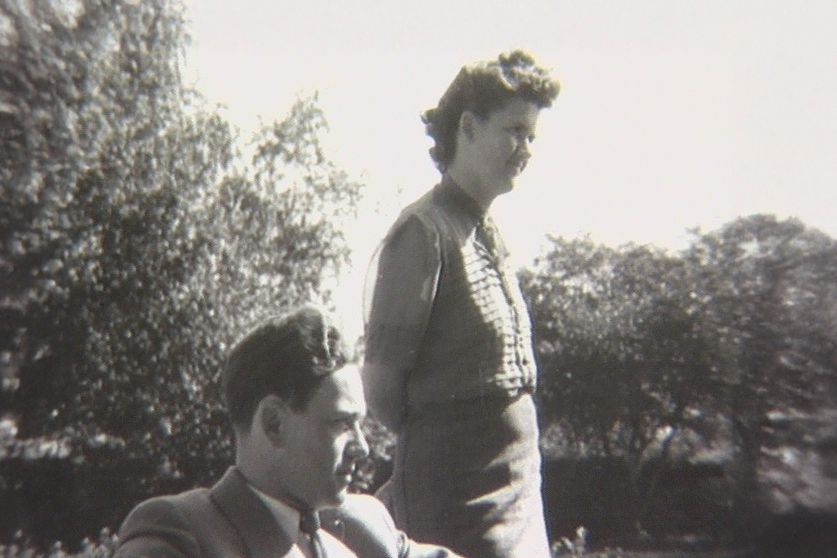



)
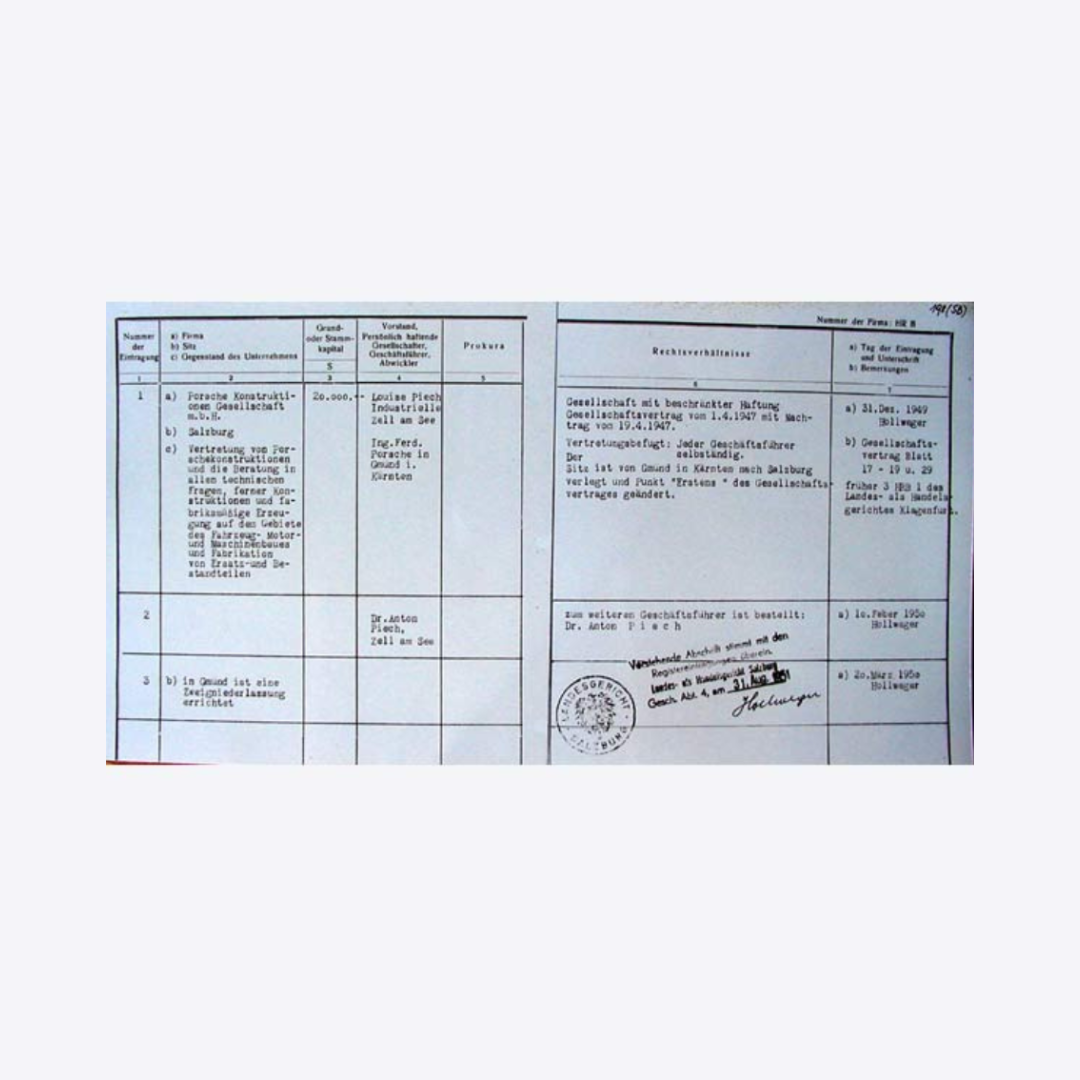
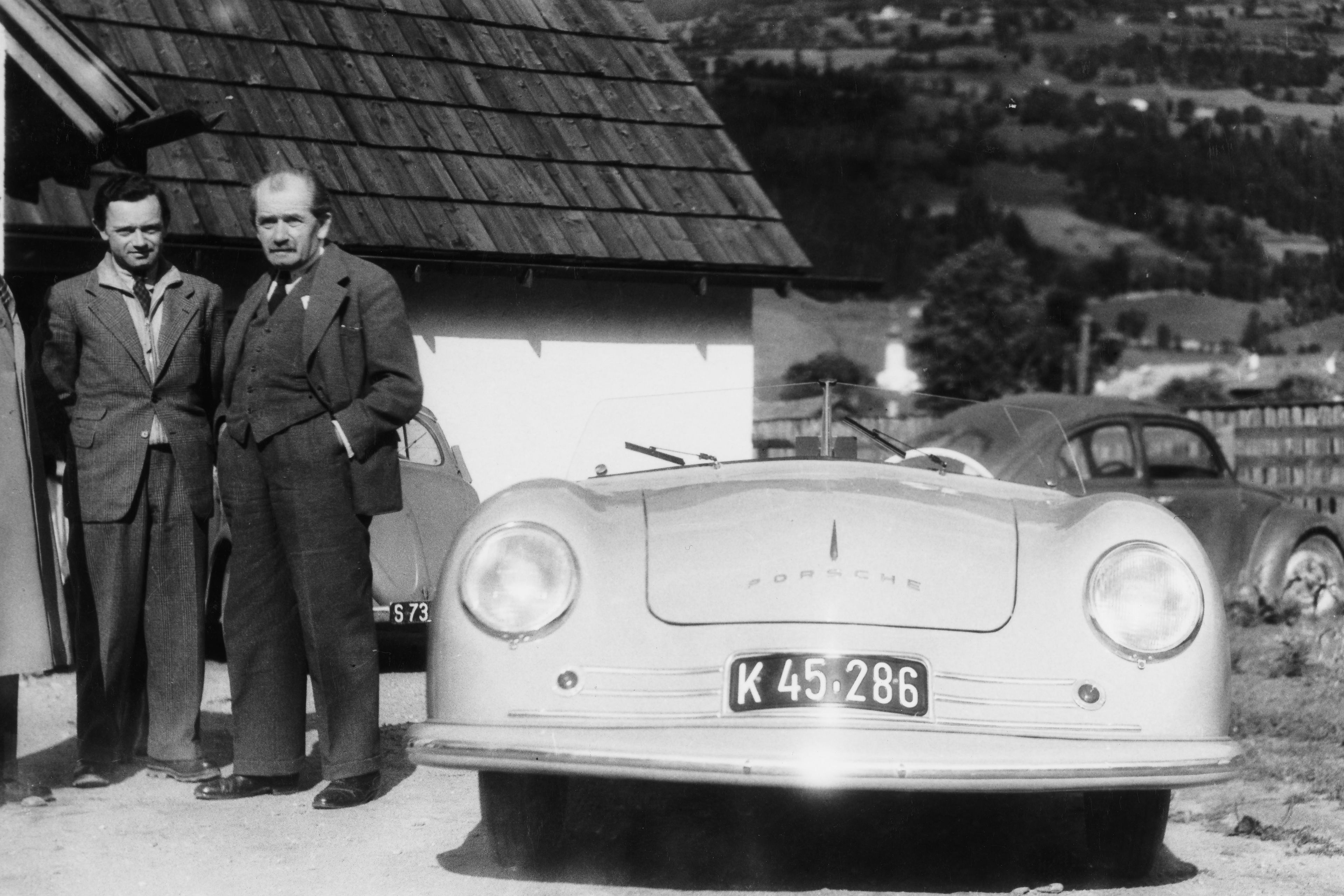



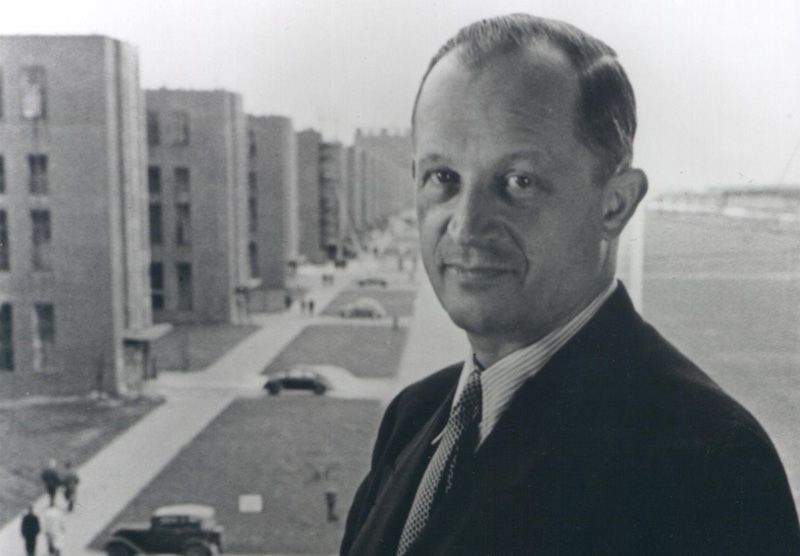
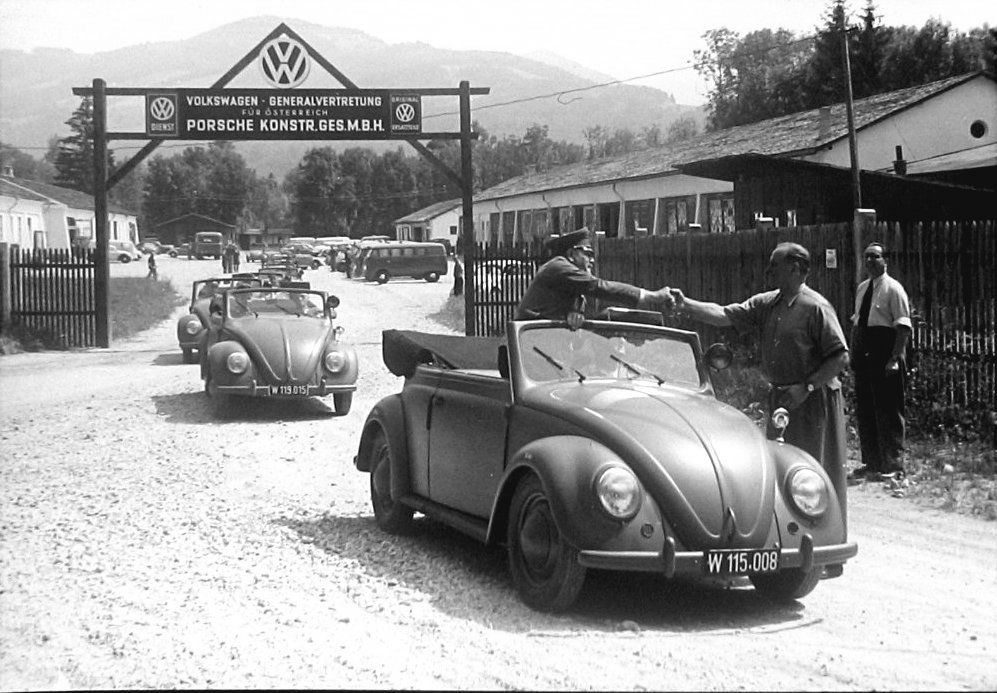
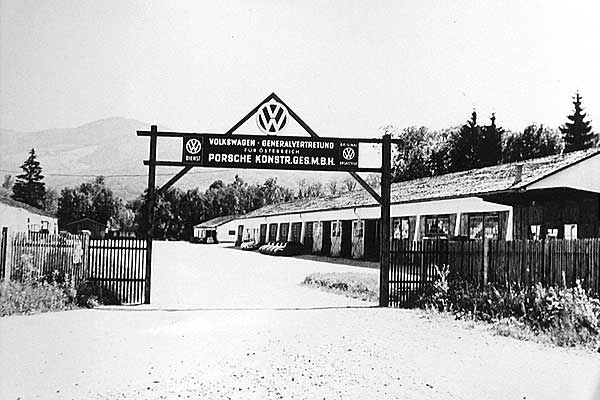
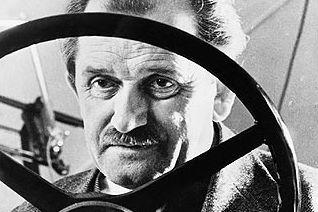



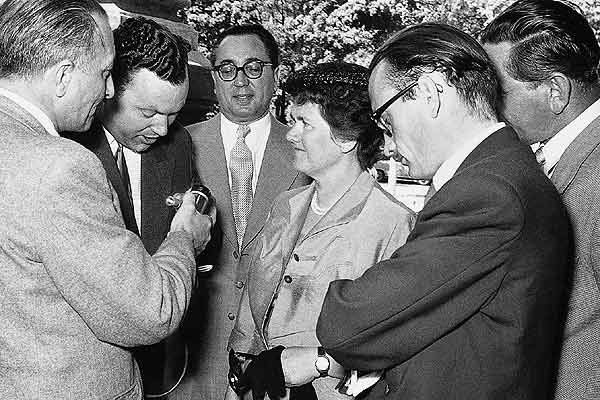
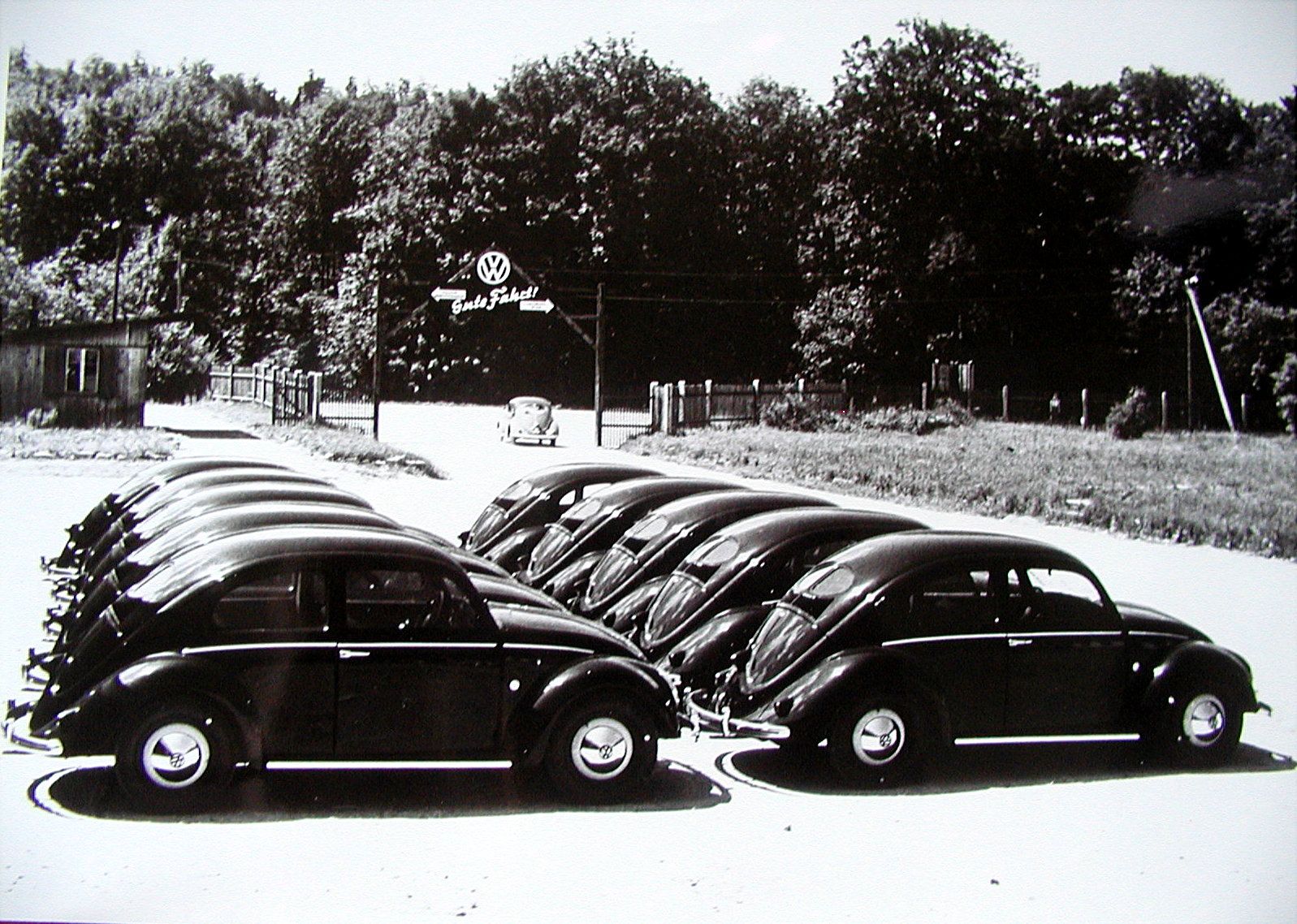
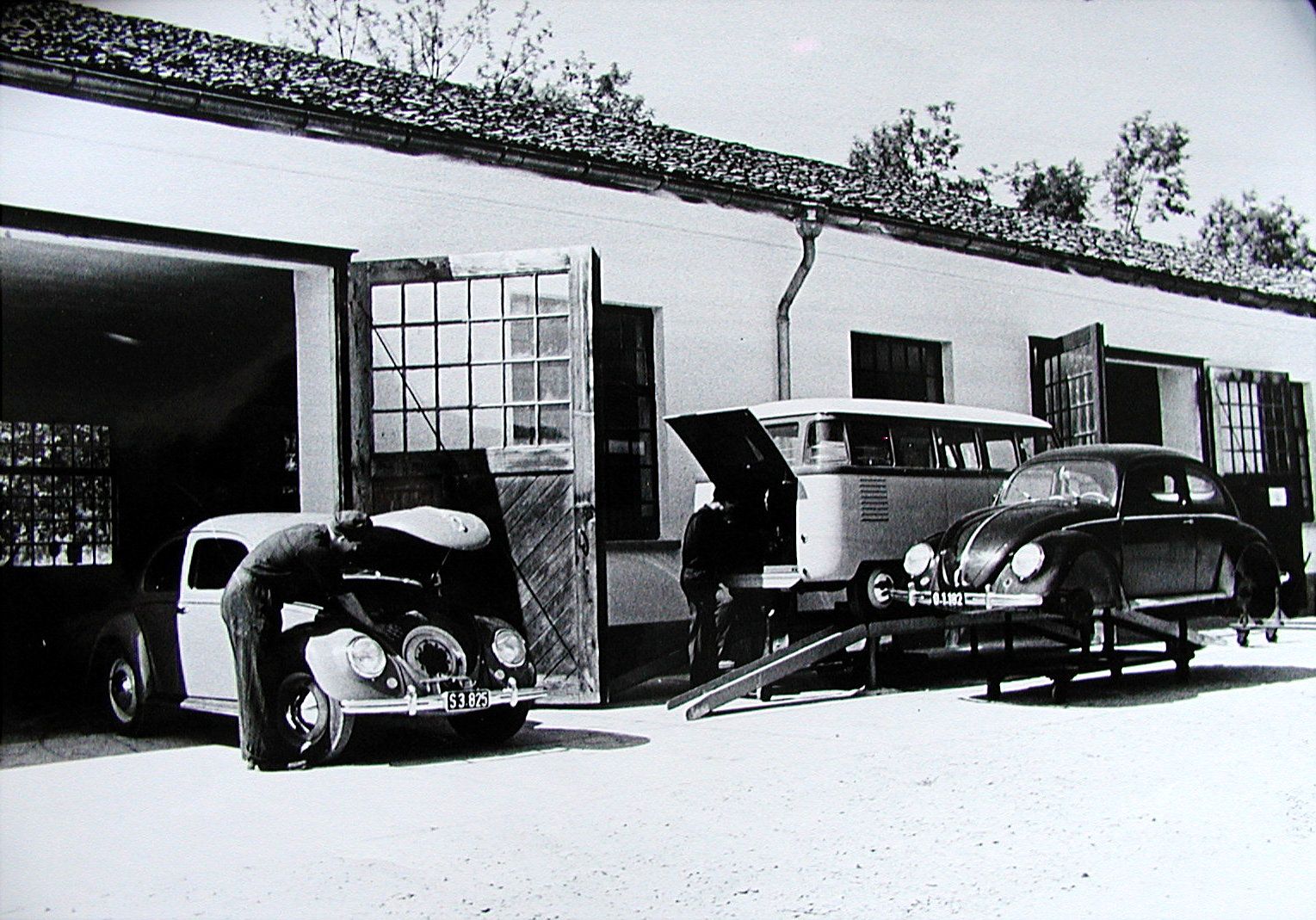
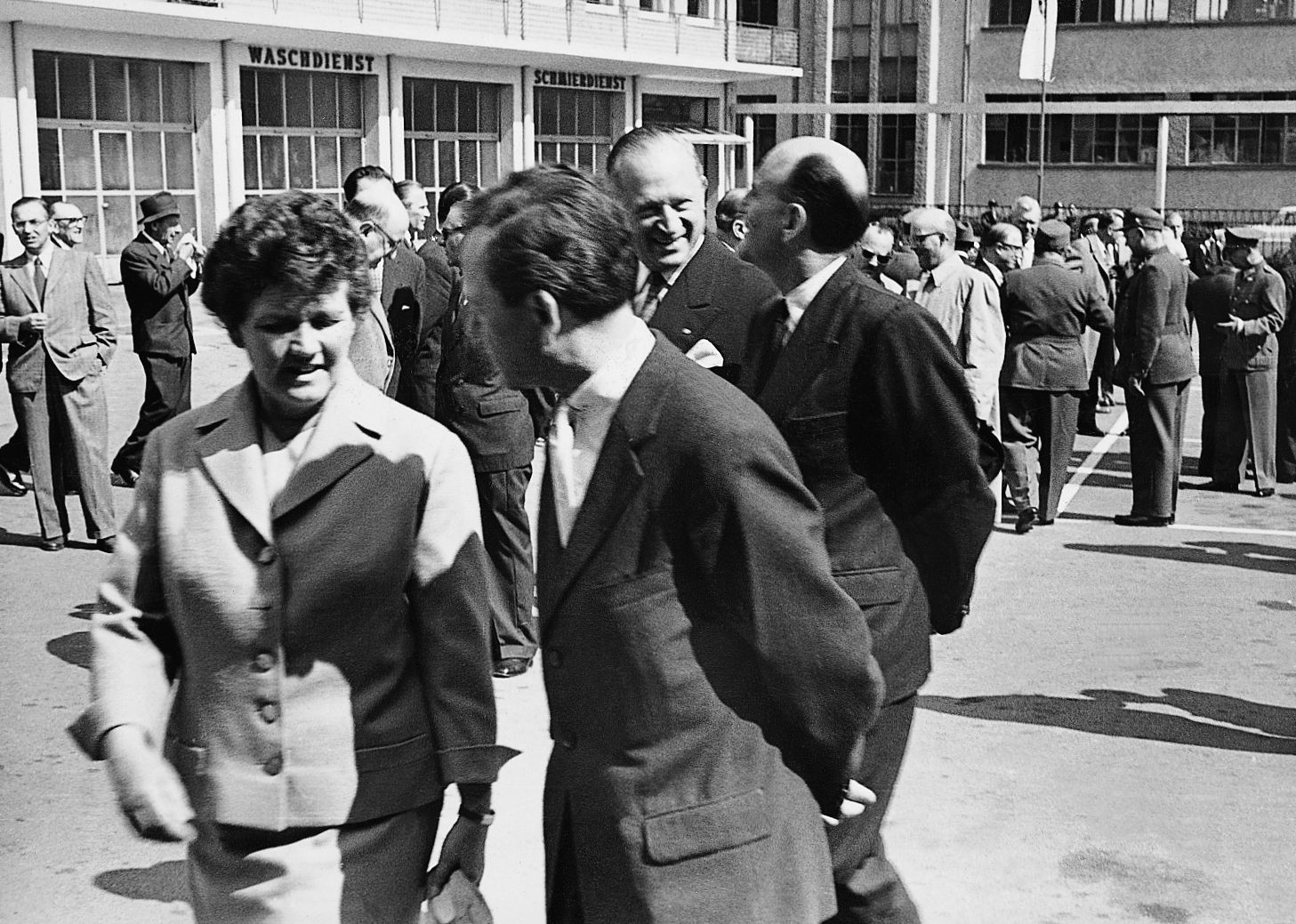
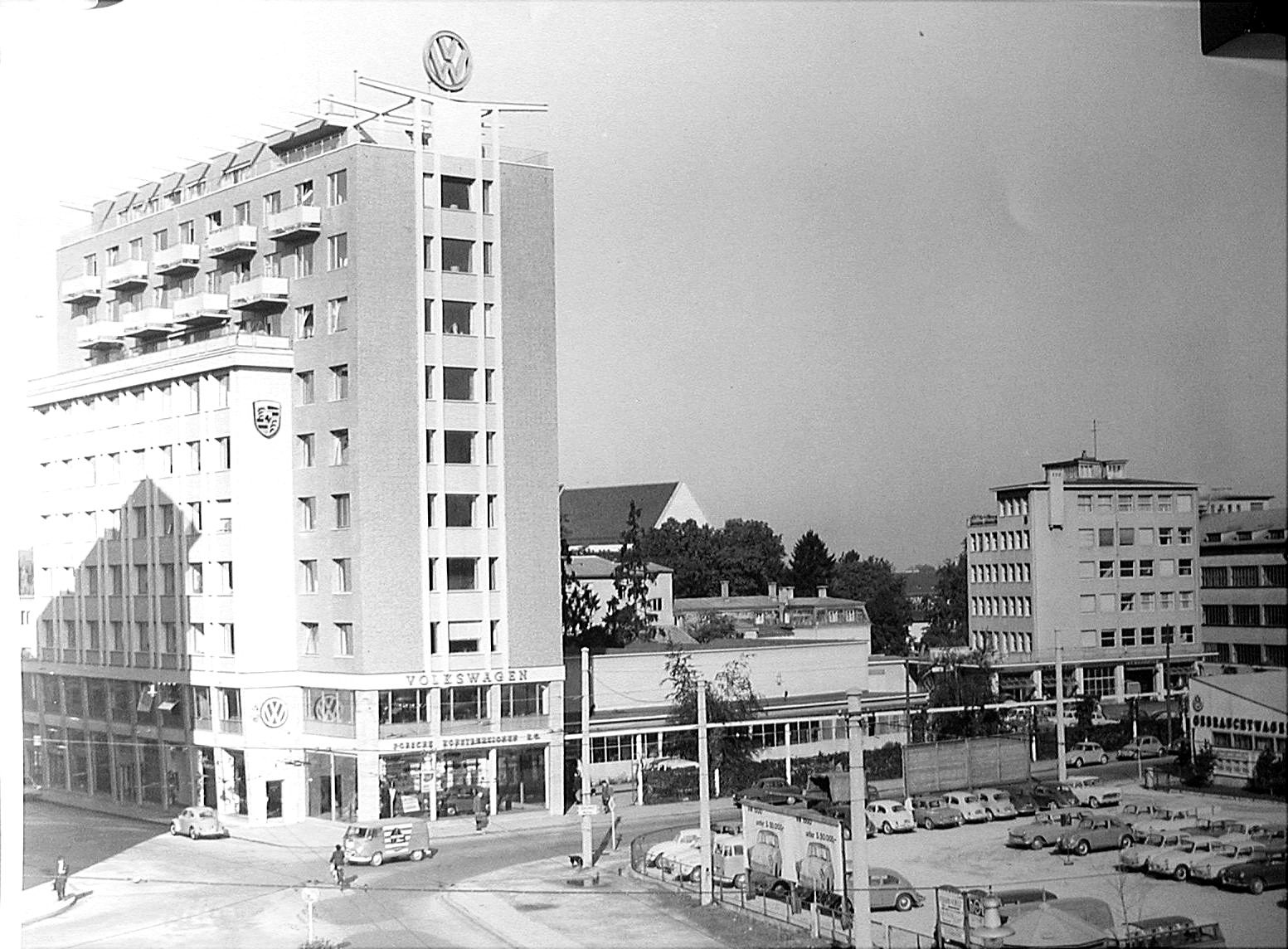
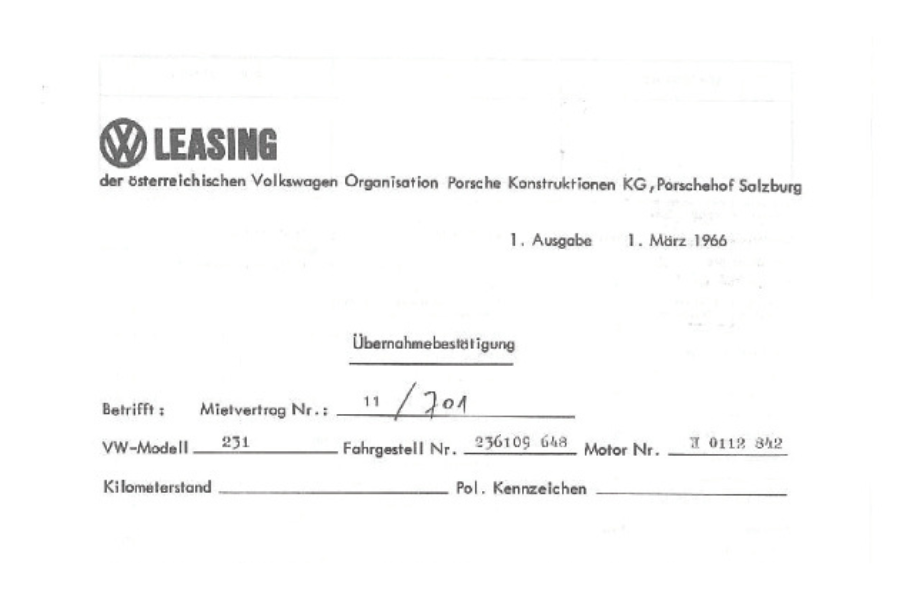



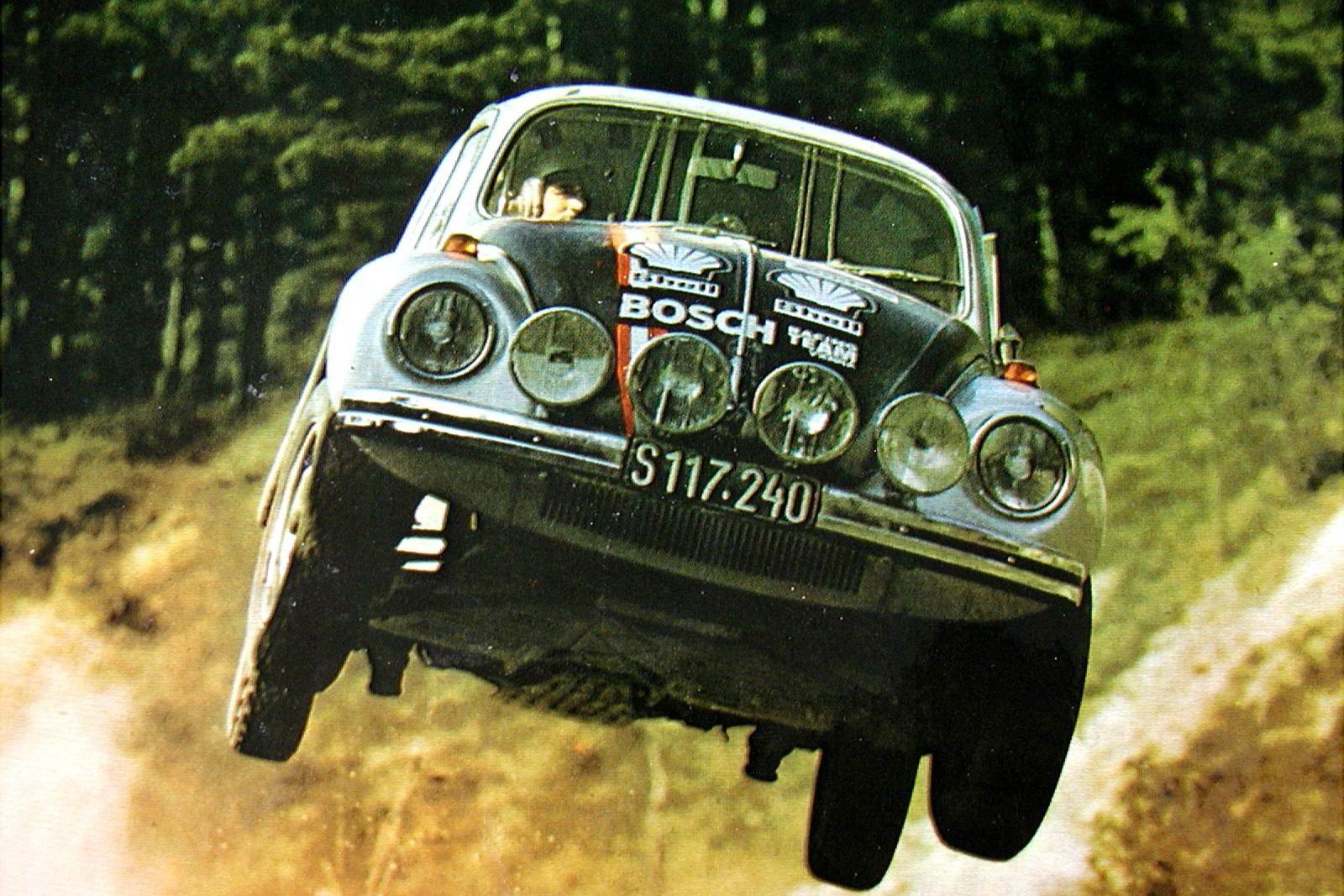
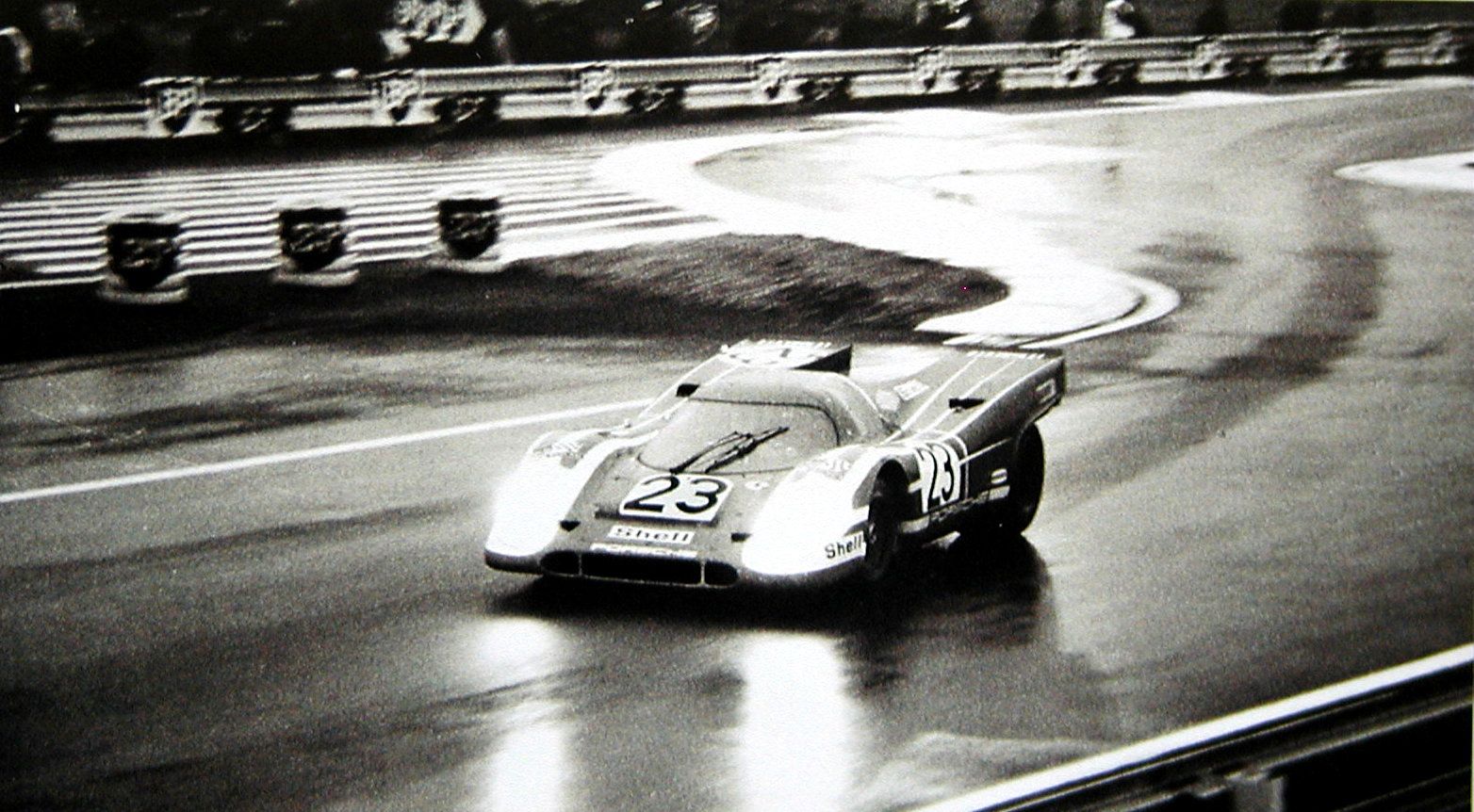
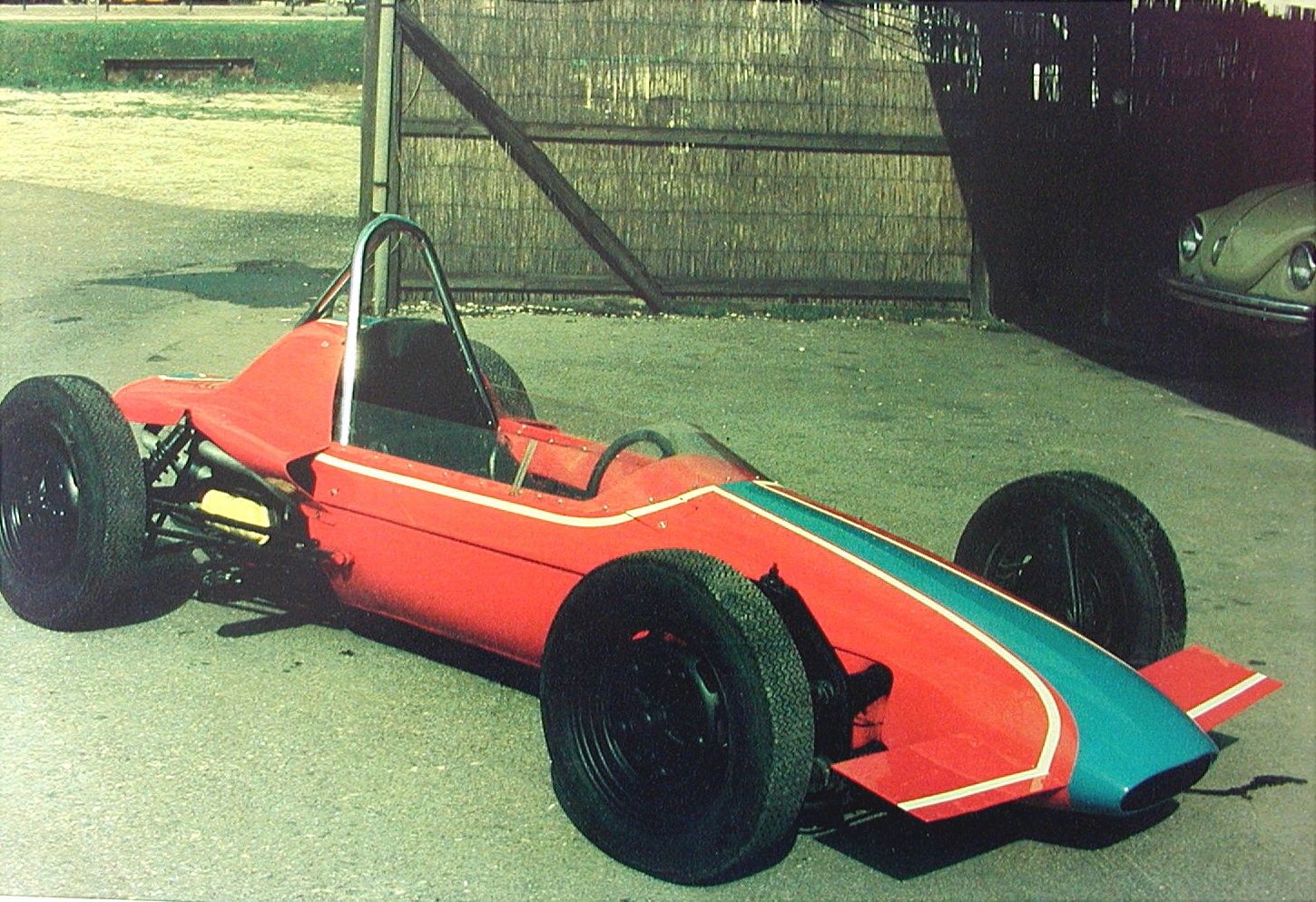



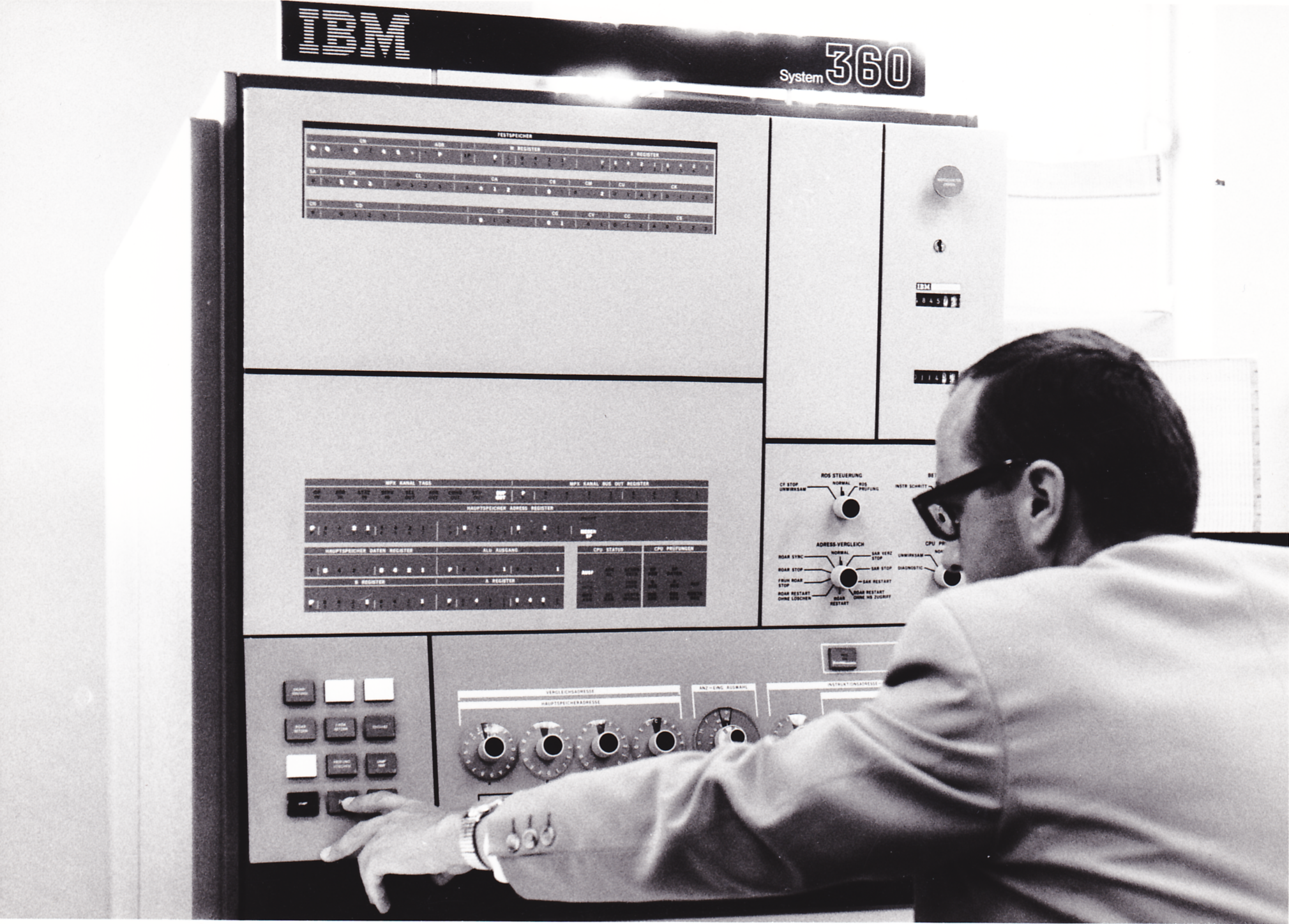
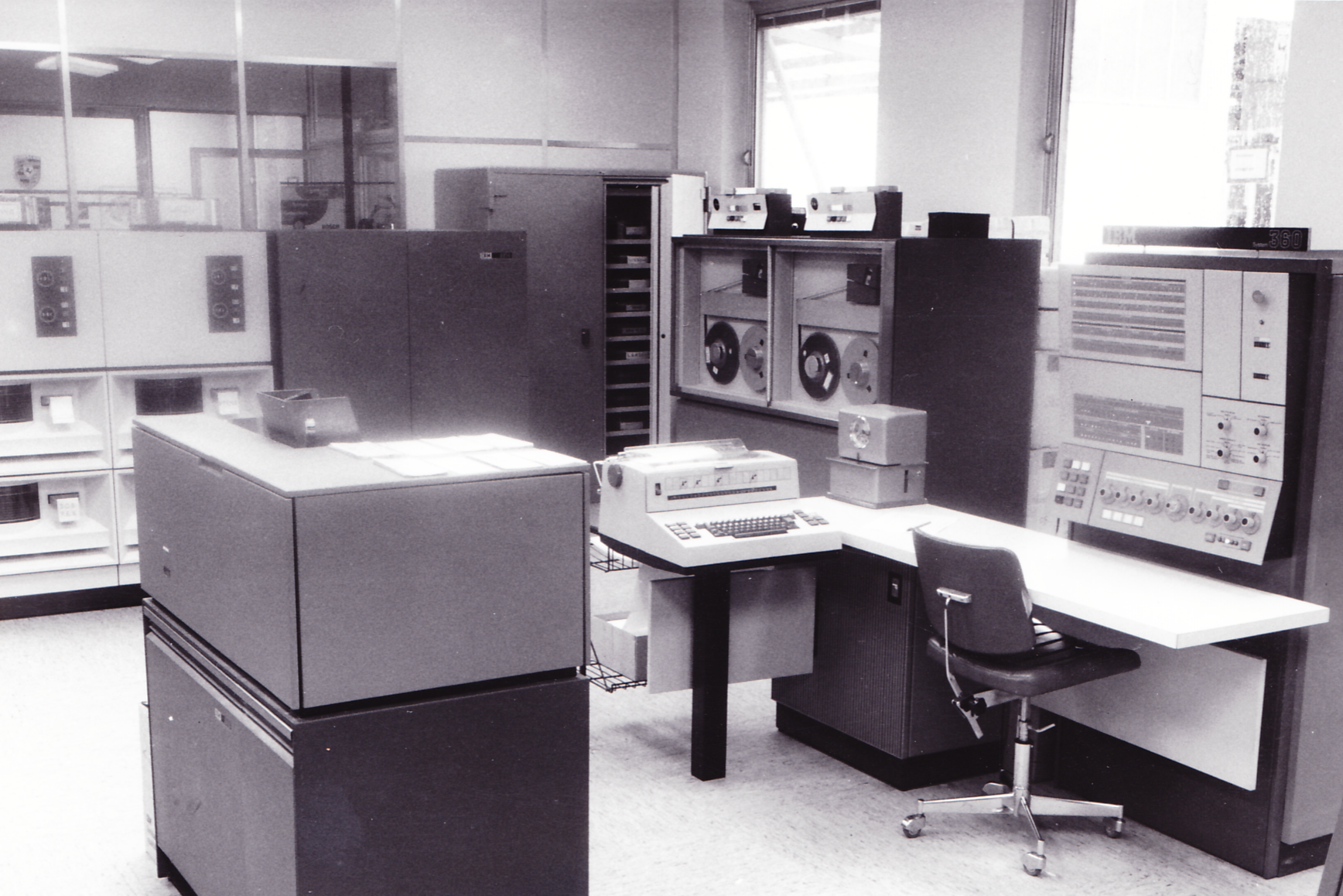
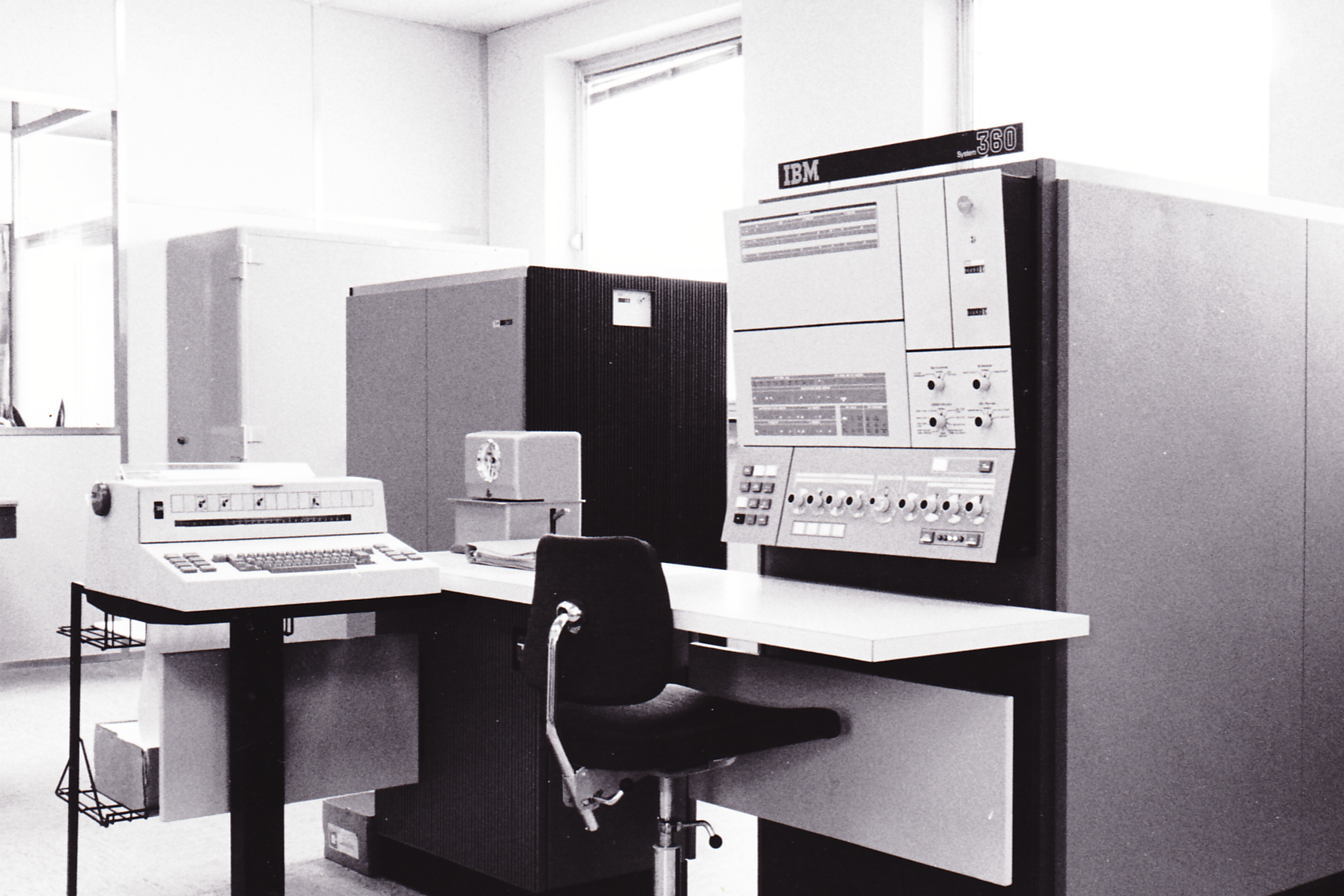






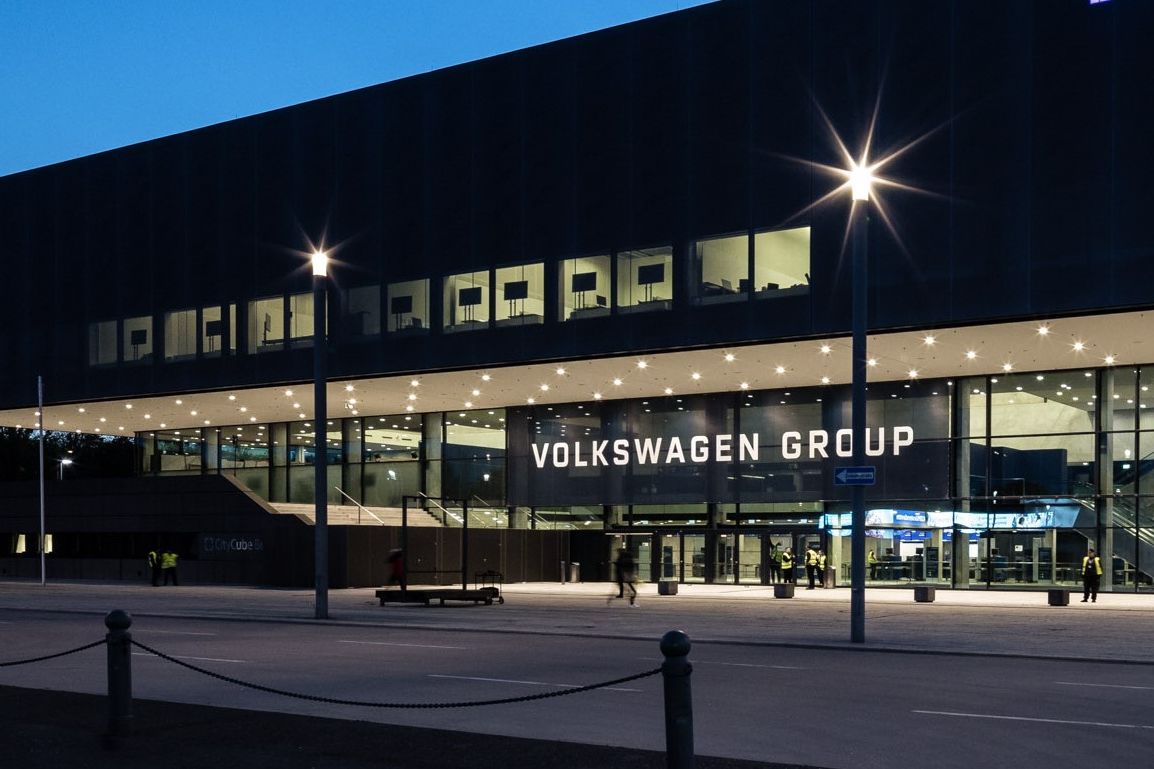



)



